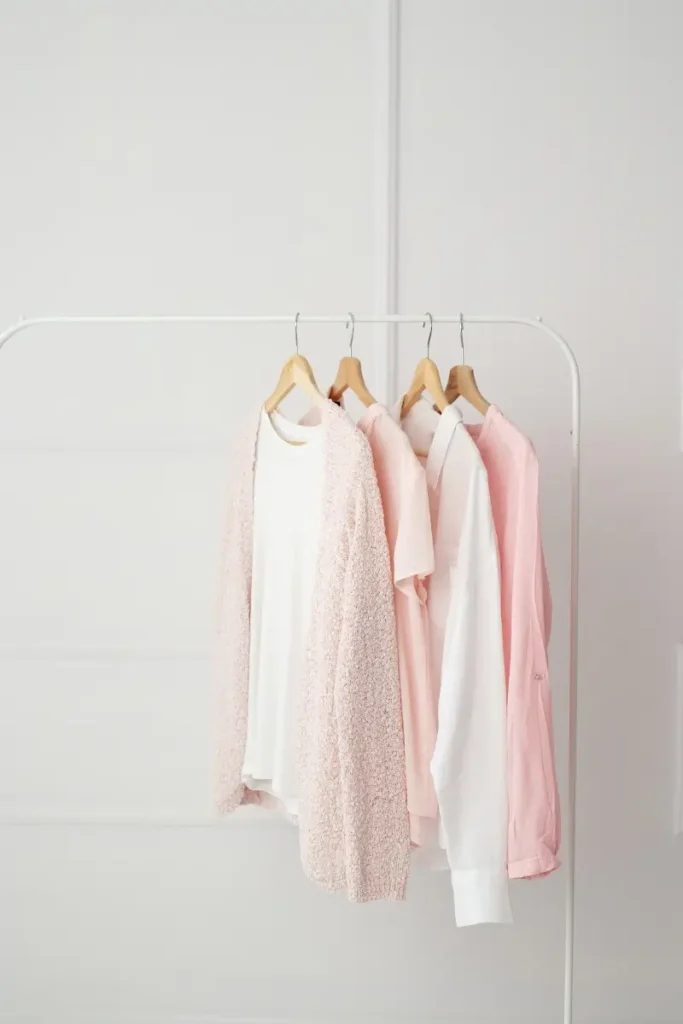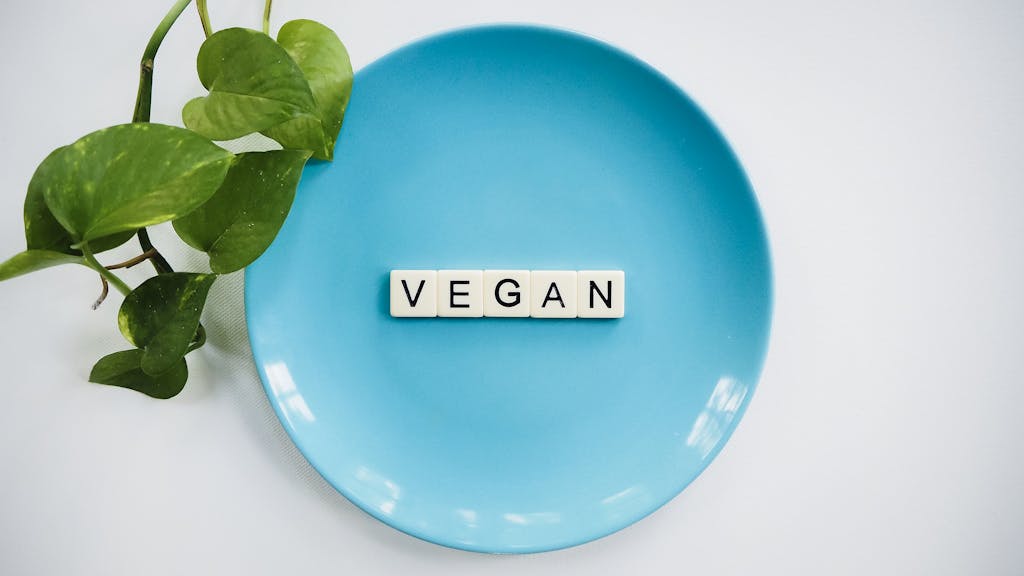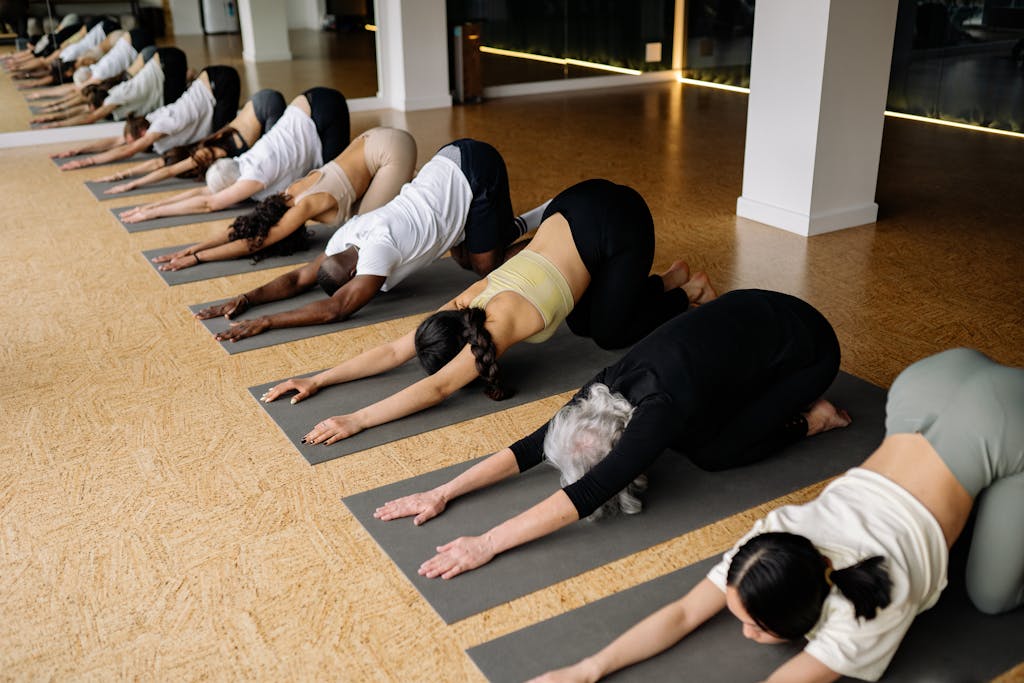Non-Polyester Clothing Alternatives That Actually Feel Good on Your Skin
If Your Clothes Are Making You Feel Bad, You’re Not Imagining It
For a while, I couldn’t figure out why I felt so uncomfortable in my own clothes. I was constantly feeling hot. My skin itched or felt irritated. Some days I’d get mysterious headaches or feel just… off.
Turns out, the problem wasn’t me—it was polyester.
If you’re here, you might be noticing the same thing. You may be:
- Dealing with skin irritation, heat rashes, or breakouts from synthetic clothes
- Feeling general discomfort in polyester, especially in warm weather
- Wondering if you’re sensitive to chemicals like formaldehyde used in fabrics
- Searching for more natural, breathable, or non-toxic fabrics
- Exploring a wellness- or health-first lifestyle (beyond just food and skincare)
- Curious about what’s actually in your clothes—and how they affect your body
That was me, too. So I did some digging—and am slowly making the switch to non-polyester clothing alternatives. Now my body feels calmer, my skin is clearer, and I actually enjoy getting dressed again.
Related Reads to Keep the Feel-Good Momentum Going
Once you start paying attention to how your clothes actually feel, it’s amazing how much lighter and more confident you can become. If this post hit home, you’ll love these too:
- Decluttering After 50: What to Let Go of (and Why It Feels So Good)
- 15 Body-Positive Clothing Brands That Actually Get It
What Polyester Really Is—and Why It Can Mess With Your Body
Polyester is everywhere: in our T-shirts, leggings, underwear, even bedsheets. But what most people don’t realize is that polyester is a plastic-based fabric made from petroleum. It’s essentially melted plastic spun into fibers—and it’s often treated with chemical finishes to keep it looking “nice.”
Some of the most common additives include:
- Formaldehyde (for wrinkle resistance)
- Phthalates and PFCs (for water/stain resistance)
- Artificial dyes and flame retardants
These chemicals can absorb through your skin or release into the air you breathe—especially when clothes are tight, worn close to the body, or heated by your skin.
If you’re chemically sensitive like I am, even trace amounts of formaldehyde can cause skin irritation, headaches, and fatigue.
How Polyester Affects Wellness, Not Just Comfort
1. You May Be Inhaling Microplastics Without Realizing It
Every time you wear, wash, or even move in polyester, it sheds microplastics—tiny plastic particles that float into the air or get trapped in household dust.
These particles can be inhaled, and researchers have found them in human lungs, blood, and placentas.
2. It Can Disrupt Your Hormones
Polyester and its coatings may contain endocrine-disrupting chemicals like BPA or phthalates. These compounds can interfere with your hormone balance—especially with long-term skin contact.
3. It’s Often Coated with Formaldehyde
Many synthetic garments are chemically finished with formaldehyde to make them “wrinkle-free” or water-resistant. For sensitive individuals, this can trigger everything from skin reactions to respiratory issues.
4. It Traps Heat, Sweat, and Bacteria
Unlike natural fibers, polyester isn’t breathable. It holds in moisture and body heat, creating the perfect storm for rashes, acne, and discomfort—especially in warm or humid climates.
Healthier Fabric Swaps: Non-Polyester Clothing Alternatives I Actually Love
Once I made the switch, I realized how much more relaxed my body felt in natural fabrics. These are the non-polyester clothing alternatives I reach for now:
🧺 Organic Cotton
Soft, breathable, and free from chemical finishes. Perfect for sensitive skin and daily wear. (Look for GOTS-certified options.)
🌿 Linen
Cooling, moisture-wicking, and naturally antibacterial. The more you wash it, the softer it gets.
🌱 Hemp
Strong, hypoallergenic, and resistant to mold and UV light. One of the cleanest, lowest-impact fabrics available.
🌲 TENCEL™ (Lyocell)
Made from sustainably sourced wood pulp using a non-toxic process. Silky, breathable, and great for underwear, sleepwear, and travel clothes.
❄️ Merino Wool (For Colder Months)
Incredibly soft, naturally insulating, and odor-resistant. Unlike traditional wool, it rarely itches and keeps you comfortable in all seasons.

How to Spot (and Ditch) Polyester in Your Closet
Making the switch doesn’t mean tossing everything overnight. Start by reading your clothing labels and watching out for red flags:
- Ingredients like polyester, nylon, acrylic, or spandex signal synthetics
- “Wrinkle-free,” “easy care,” or “moisture-wicking” often mean chemical treatments
- Look for pieces labeled 100% cotton, hemp, linen, or wool
- When shopping online, filter by material to easily avoid polyester blends
Let’s take a look at some non-polyester clothing alternatives!
Where I Shop for Non-Toxic, Natural Clothing
Once I committed to ditching polyester, the next question was: Where do I even find clothes that don’t contain plastic or chemical coatings? Luckily, more brands are focusing on natural materials and wellness-conscious fabrics.
I now shop more intentionally, choosing pieces that are breathable, soft, and made with fewer toxins. Here are a few go-to sources for non-polyester, body-friendly clothing:
🛍️ 10 Natural Clothing Brands to Try
- Pact – Organic cotton basics that are GOTS-certified, soft, and super wearable
- Quince – Affordable, minimalist essentials made with natural fibers like cotton, silk, and linen
- Eileen Fisher – A classic for sustainable, timeless pieces made from eco-friendly materials
- People Tree – One of the pioneers in Fair Trade and organic cotton fashion
- Toad&Co – Comfortable, casual styles made with organic cotton, hemp, and TENCEL™
- Mate the Label – Non-toxic, plant-dyed loungewear and basics (their tagline: “Clean from seed to skin”)
- Vetta – Capsule wardrobe pieces made in the USA with sustainable fabrics
- Christy Dawn – Romantic, feminine styles made with organic and regenerative cotton
- Etsy (Small Shops) – Search for handmade or vintage 100% linen, cotton, or hemp pieces from artisan makers
- Poshmark, ThreadUp, or your local thrift store – A great budget-friendly way to find secondhand natural fabrics without the fast fashion markup
Many of these brands also let you filter by fabric—so you can easily skip the synthetics and stick with materials your body will love.
How to Start: One Swap at a Time
Don’t stress about going 100% plastic-free all at once. I started with what I wore most often and closest to my skin—pajamas, t-shirts, underwear. Each small change made a noticeable difference.
This isn’t about being extreme. It’s about making intentional, wellness-first choices that align with how you want to feel in your body—calm, comfortable, supported.
Final Word: You Deserve Clothes That Feel as Good as They Look
If your clothes are making you itchy, sweaty, or just plain uncomfortable, it might not be in your head. It might be polyester.
By choosing non-polyester clothing alternatives, you’re not just upgrading your wardrobe—you’re supporting your skin, hormones, lungs, and overall wellness.
And that kind of comfort? It goes deeper than fashion.
💛 Want More?
You might also love:





